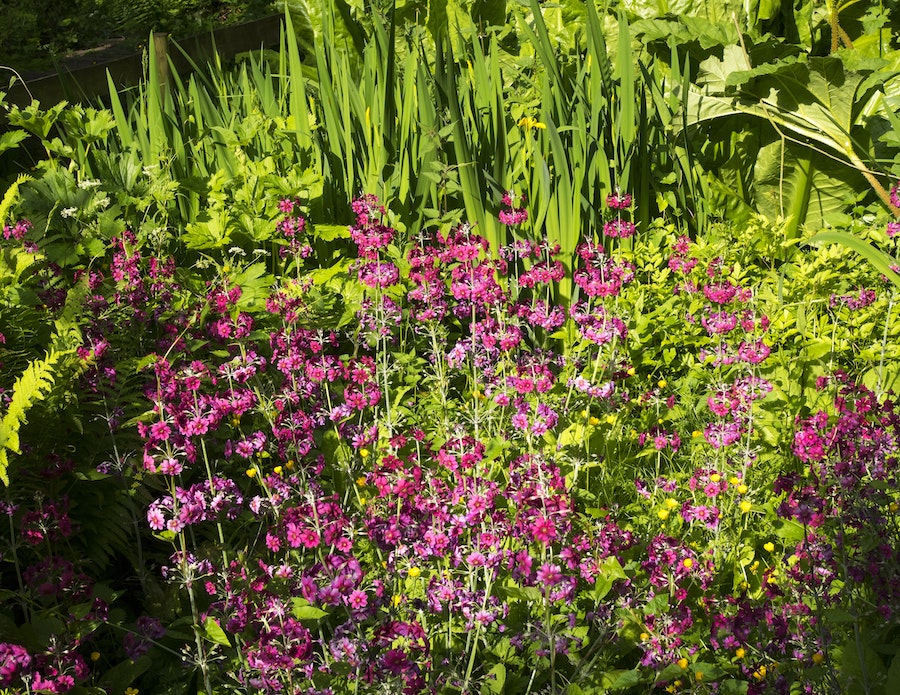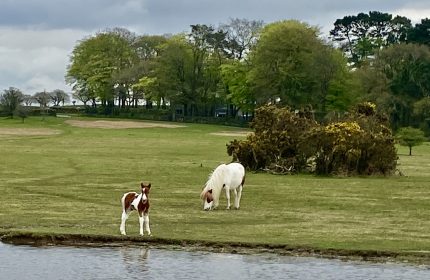National Gardening Week: How to make a bog garden – and 6 plants to consider planting in it
Fed up with the incessant rain? National Gardening Week has arrived – a week designed to encourage us all to get outdoors and embrace all things plants and horticulture – but if the drizzle and dark clouds are putting a dampener on things, it might be time for a new approach.
Instead of letting the wet weather get you down, why not go with the flow and create your own bog garden? It’s a particularly good idea if you want to add an informal edge to an existing pond, or cultivate a permanently waterlogged dip in your garden.
There are many plants which will thrive happily in constantly moist soil and bog gardens are also a magnet for an array of wildlife, including frogs, birds and beneficial insects.
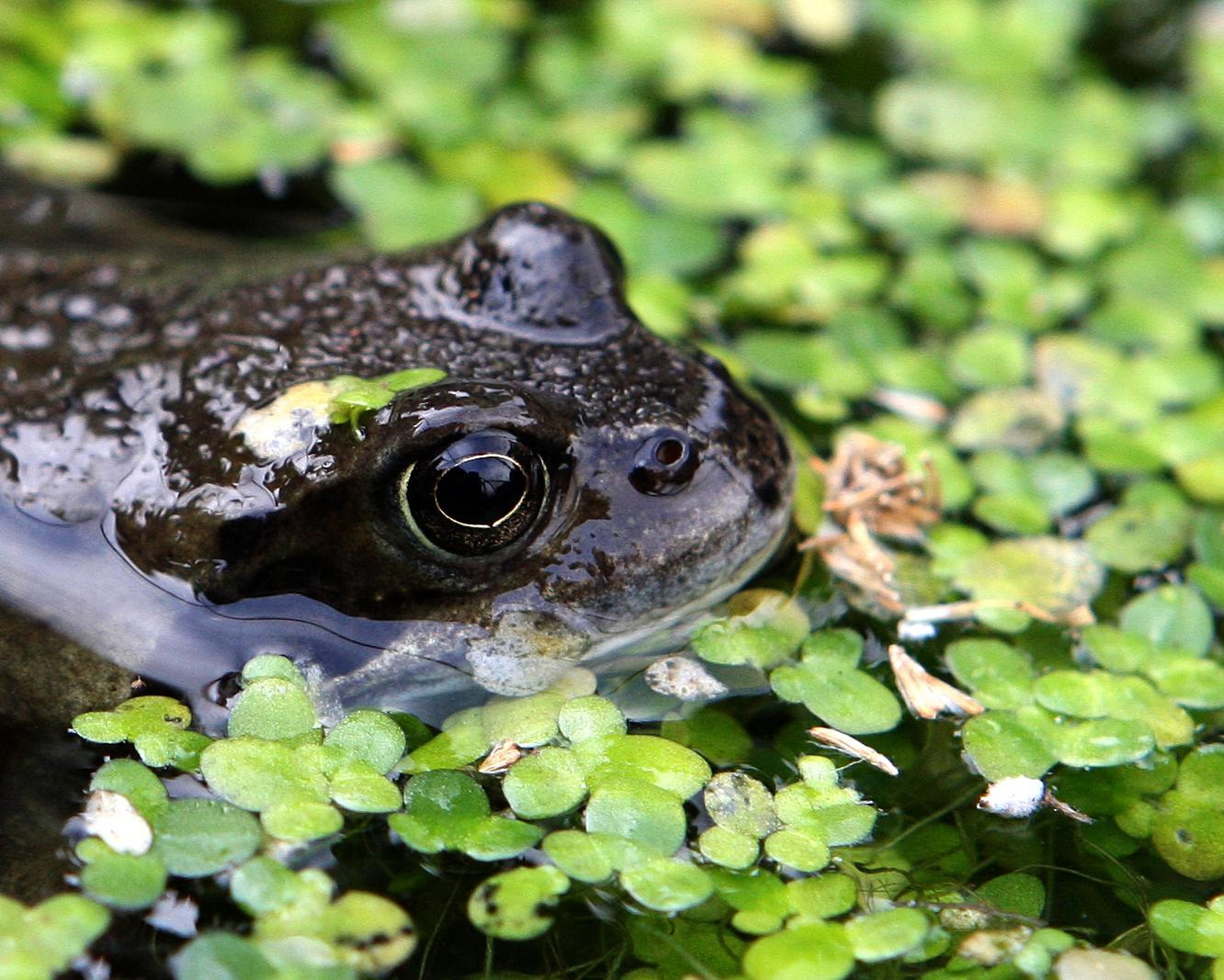
Frogs are attracted to bog gardens
Guy Barter, RHS chief horticulturist, says: “If there are areas where the rain lingers, these might be a good spot for a damp garden using plants that, unlike most, don’t mind periods of wet roots and will put up with short periods of drier soil in the peak of summer while thriving on good moisture.
“You might need to have a plastic or rubber liner and top the moisture levels up in summer, as true bog garden plants, such as native marsh marigolds and the lovely Japanese Iris ensata, soon look very sick if subjected to dry summer soils.”
Getting started
To create a bog garden from scratch, excavate your designated area to a depth of 45cm. Calculate approximately the volume of soil you will need to shift (length x width x depth), and if this seems excessive, consider reducing the size of the area.
Line the hole with polythene sheeting or Butyl pond liner (at least 0.5mm thick). Place bricks or stones on the edge to stop it shifting as you walk on it. Pierce the liner at 1m intervals with a garden fork. Lay a length of leaky hosepipe or porous pipe in the bottom and seal the far end. The other end needs to come up and out of the bog garden, so that it can be used to apply water for irrigation.

Bog garden
Cover the bottom and the leaky hose with a 2.5-5cm layer of coarse grit or gravel to prevent soil blocking the holes in the pipe. Replace the excavated soil, removing any weeds and large stones in the process. If the soil is low in organic matter, incorporate compost, leaf mould or well-rotted manure. The soil level will now be higher than originally but will settle in time. Only flatten the soil lightly, as heavy compaction will result in poor growing conditions. You’ll need to continue to weed the soil as it settles further, and once it’s settled back to its natural level, the bog garden is ready for planting.
If you have an area of your garden that is naturally waterlogged all year round, you may not need a liner to create a bog garden. However, be aware that bog garden plants do need some drainage and air around their roots. They will not thrive where the soil is so wet or compacted that water pools on it and little drainage occurs.
Tempted? Here are some ideal bog-garden candidates to consider…
1. Alchemilla mollis
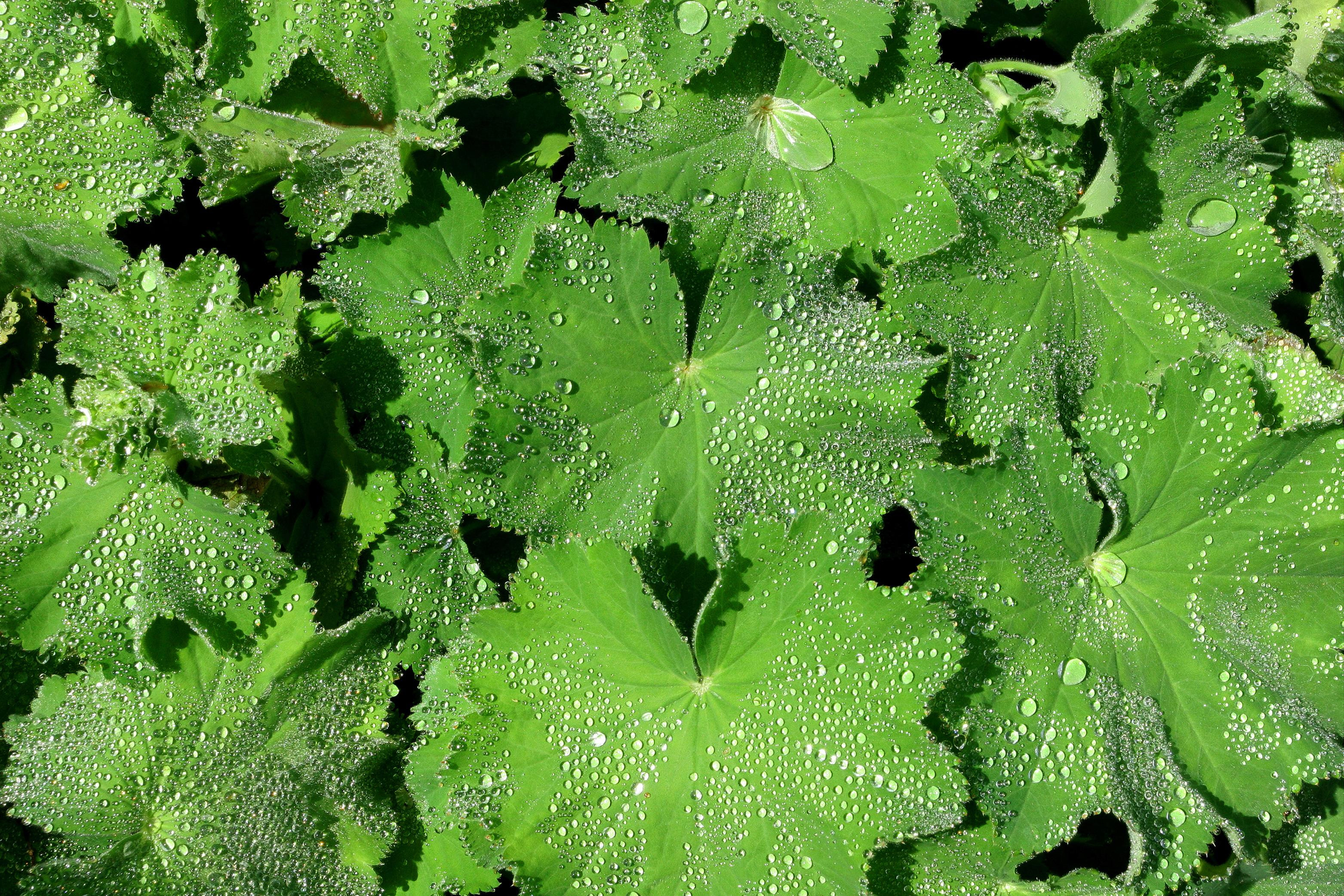
Alchemilla mollis
This water-loving plant has fine delicate foliage but often toughs out wet situations.
2. Astrantia ‘Ruby Wedding’

Astrantia major ‘Ruby Wedding’
Astrantia have long lasting feathery flowers and foliage and relish wet soils. A bucket of water every week in summer droughts won’t go amiss if the soil gets too dry.
3. Hemerocallis ‘Burning Daylight’
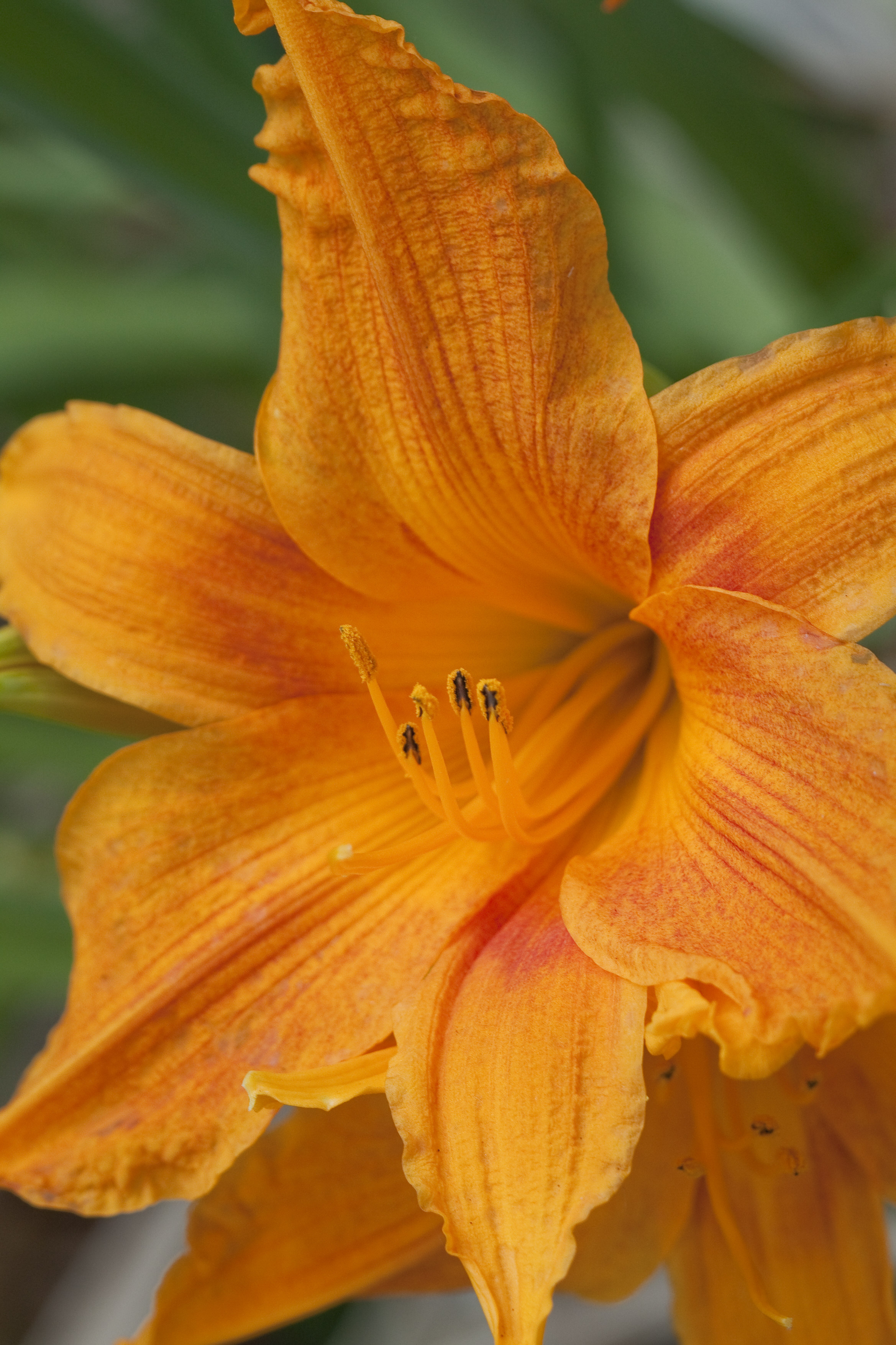
Hemerocallis ‘Burning Daylight’
Day lilies are remarkably robust plants, with trumpet shaped blooms in bright warm colours from mid-summer.
4. Hosta (Tardiana Group) ‘Halcyon’

Hostas like damp conditions, but watch out for slugs
Although martyrs to slugs on occasion, if you can keep the leaves wholesome, hostas can be extraordinarily lush in summer, even in shade.
5. Iris sibirica ‘Tropic Night’
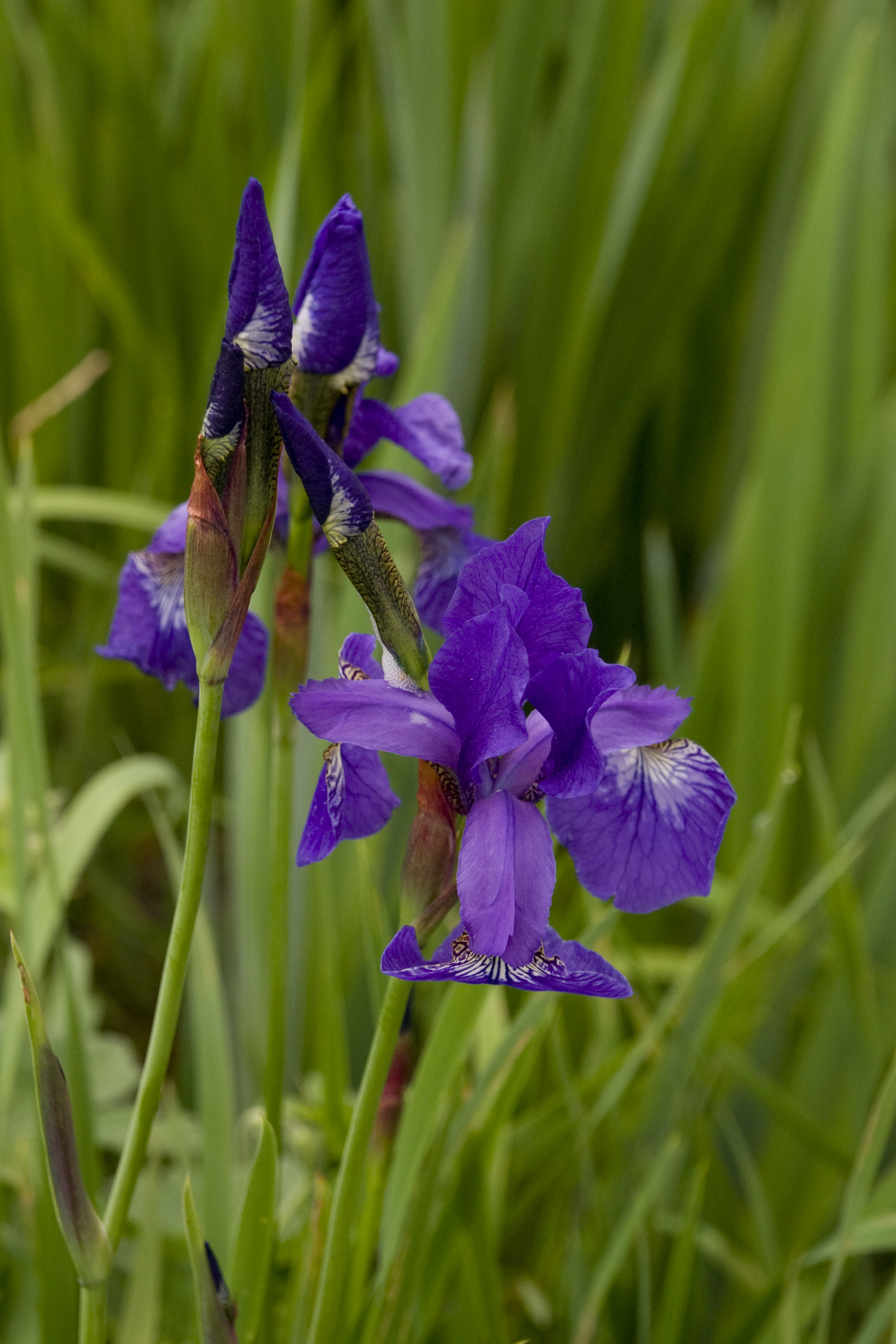
Iris ‘Tropic Night’
Iris sibirica are very tolerant of wet soil and sweat out dry summer periods with ease, flowering for long periods in early summer and retaining delicate grassy foliage all summer.
6. Verbena bonariensis

Verbena bonariensis
This tall plant, prized for the misty effect of its flower spikes, is very tolerant of waterlogging in summer.
National Gardening Week runs from April 30-May 6. For details of events, go to nationalgardeningweek.org.uk.
The Press Association
Latest posts by The Press Association (see all)
- World Penguin Day: Test your knowledge with our penguin-themed quiz - April 23, 2024
- Kate’s new photo of Louis released to celebrate prince’s sixth birthday - April 23, 2024
- Alan Titchmarsh: Slugs are never going to be my friends - April 23, 2024
- Prince Louis celebrates sixth birthday - April 23, 2024
- Special episode of Planet Earth III to be narrated by schoolchildren - April 22, 2024









